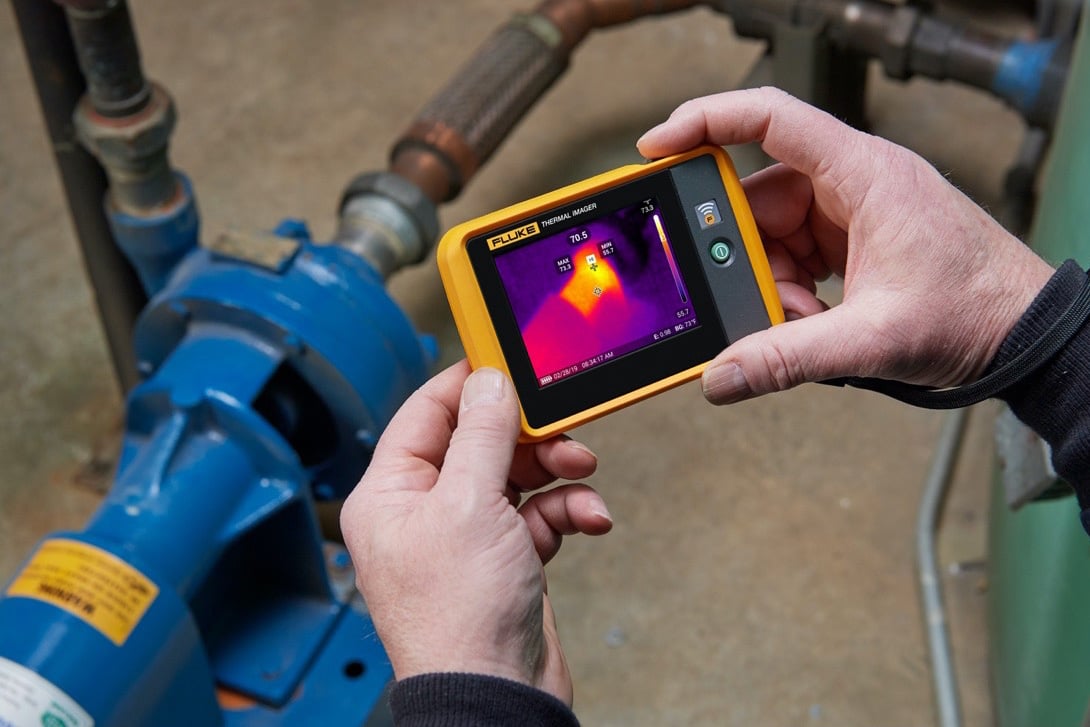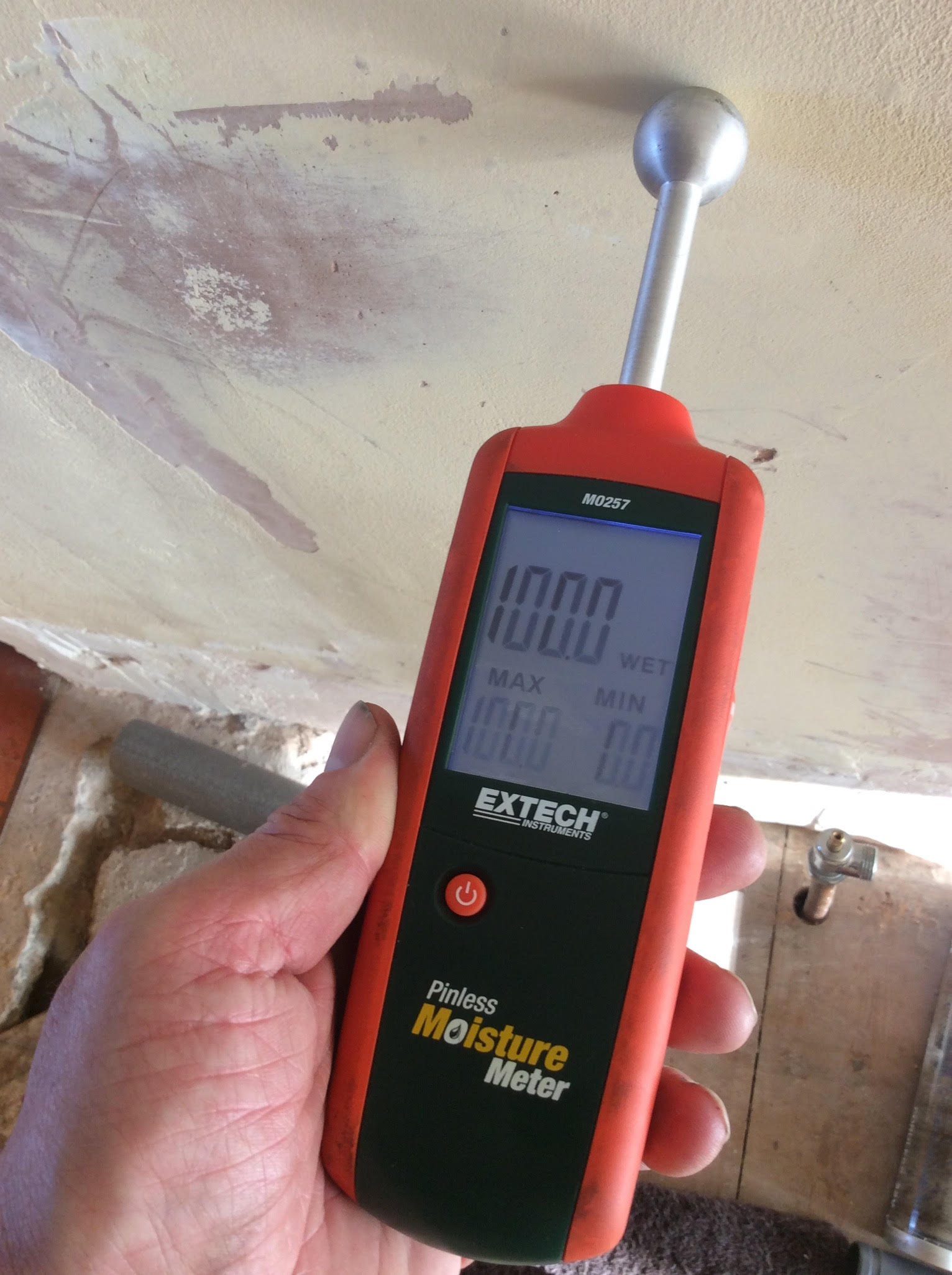Water Leak Detection: How to Determine and Fix Leaks Before They Trigger Damages
Wiki Article
Ingenious Solutions for Early Discovery of Water Leakages in Buildings and Infrastructure
From innovative leak detection technologies to the release of IoT sensors for real-time surveillance, the landscape of leak avoidance is evolving rapidly. Automated water circulation evaluation systems are reshaping just how leakages are recognized and addressed, leading the means for an aggressive approach to water leak detection.Advanced Leak Discovery Technologies
Advanced leak detection innovations, equipped with sophisticated sensors and algorithms, play an important function in swiftly identifying and pinpointing water leaks in different settings. Electromagnetic sensors can identify modifications in electro-magnetic fields caused by water, supplying yet an additional layer of leakage discovery capability.
IoT Sensors for Real-Time Surveillance
In the world of contemporary water leak discovery, the combination of IoT sensing units for real-time tracking stands for a pivotal development in improving proactive leakage discovery capabilities. These sensors provide constant monitoring of water systems, giving real-time data on water circulation rates, stress variations, and temperature level modifications. By leveraging IoT modern technology, these sensors can discover even the smallest anomalies in water usage patterns, allowing very early recognition of prospective leaks before they intensify right into significant issues.IoT sensors transfer information to a central platform, where advanced formulas examine the details and create signals or notifications when abnormalities are spotted. This real-time tracking ability permits building owners or facility supervisors to without delay address leakages, lessening water damage, reducing fixing prices, and preserving water resources.
In addition, IoT sensors can be incorporated with structure monitoring systems, allowing for computerized actions to detected leaks, such as shutting off water valves or turning on pumps to alleviate the influence of leakages. Generally, the implementation of IoT sensing units for real-time tracking significantly enhances the performance and efficiency of water leak discovery in structures and framework.
Device Learning Algorithms for Leak Forecast

One secret benefit of using artificial intelligence for leakage prediction is its ability to continually learn and boost its precision over time. As even more information is gathered and fed into the algorithm, it can refine its predictions and adjust to changing conditions, inevitably increasing the dependability of leak discovery systems.
Additionally, artificial intelligence algorithms can help in identifying subtle indicators of leakages that may go undetected by standard tracking methods. water leak detection. By assessing complicated data collections in real-time, these formulas can supply early warnings and alerts, enabling for explanation punctual treatment and preventative maintenance to minimize possible water damages and connected prices
Using Thermal Imaging for Leak Detection
Thermal imaging innovation provides a promising approach for spotting water leaks in numerous systems and infrastructures. By utilizing infrared radiation and temperature level variances, thermal imaging video cameras can identify hidden leakages that are not conveniently visible to the nude eye. When water escapes from pipelines or frameworks, it often changes the temperature level of the bordering location, developing temperature differentials that thermal cameras can capture. These temperature level abnormalities are after that equated right into visible pictures, highlighting the precise place of the leakage.One of the key advantages of thermal imaging for leakage discovery is its non-intrusive nature. Unlike traditional methods that might call for breaking right into wall surfaces or floorings to locate leaks, thermal imaging permits non-destructive testing. This not just conserves time and minimizes costs yet also reduces disruption to the building or infrastructure being evaluated. Furthermore, thermal imaging see this can promptly check large areas, providing a thorough introduction of possible leakage resources in a prompt way. On the whole, using thermal imaging modern technology boosts the effectiveness and accuracy of water leakage discovery, making it a beneficial tool for maintaining the integrity of structures and infrastructures.
Automated Water Flow Evaluation Solutions
Just how can computerized water circulation evaluation systems reinvent the discovery and administration of leakages in different systems and frameworks? Automated water circulation evaluation systems use a positive technique to leakage discovery by constantly keeping an eye on water flow prices and patterns. By establishing baseline data, these systems can swiftly identify discrepancies that might show a leak, enabling punctual treatment to avoid considerable damages.These systems use innovative formulas to examine real-time information and provide immediate alerts when abnormalities are discovered, permitting speedy action to be taken. Additionally, computerized water circulation evaluation systems can be incorporated with structure administration systems or IoT systems, boosting overall efficiency and enabling remote tracking abilities.
Furthermore, the information accumulated by these systems can be made use of for predictive maintenance objectives, aiding to recognize potential weak factors in the framework before leaks happen. Overall, the execution of automatic water flow analysis systems can considerably enhance leak discovery and administration practices, inevitably causing cost financial savings, decreased water waste, and enhanced sustainability in buildings and facilities.

Conclusion
To conclude, the assimilation of read the article sophisticated leak detection modern technologies, IoT sensors, artificial intelligence algorithms, thermal imaging, and automated water flow evaluation systems supplies cutting-edge options for early discovery of water leakages in structures and framework. These innovations make it possible for real-time surveillance, prediction of leakages, and efficient detection techniques to avoid water damages and wastefulness. Carrying out these services can help in preserving the honesty and sustainability of water supply in different settings.Report this wiki page